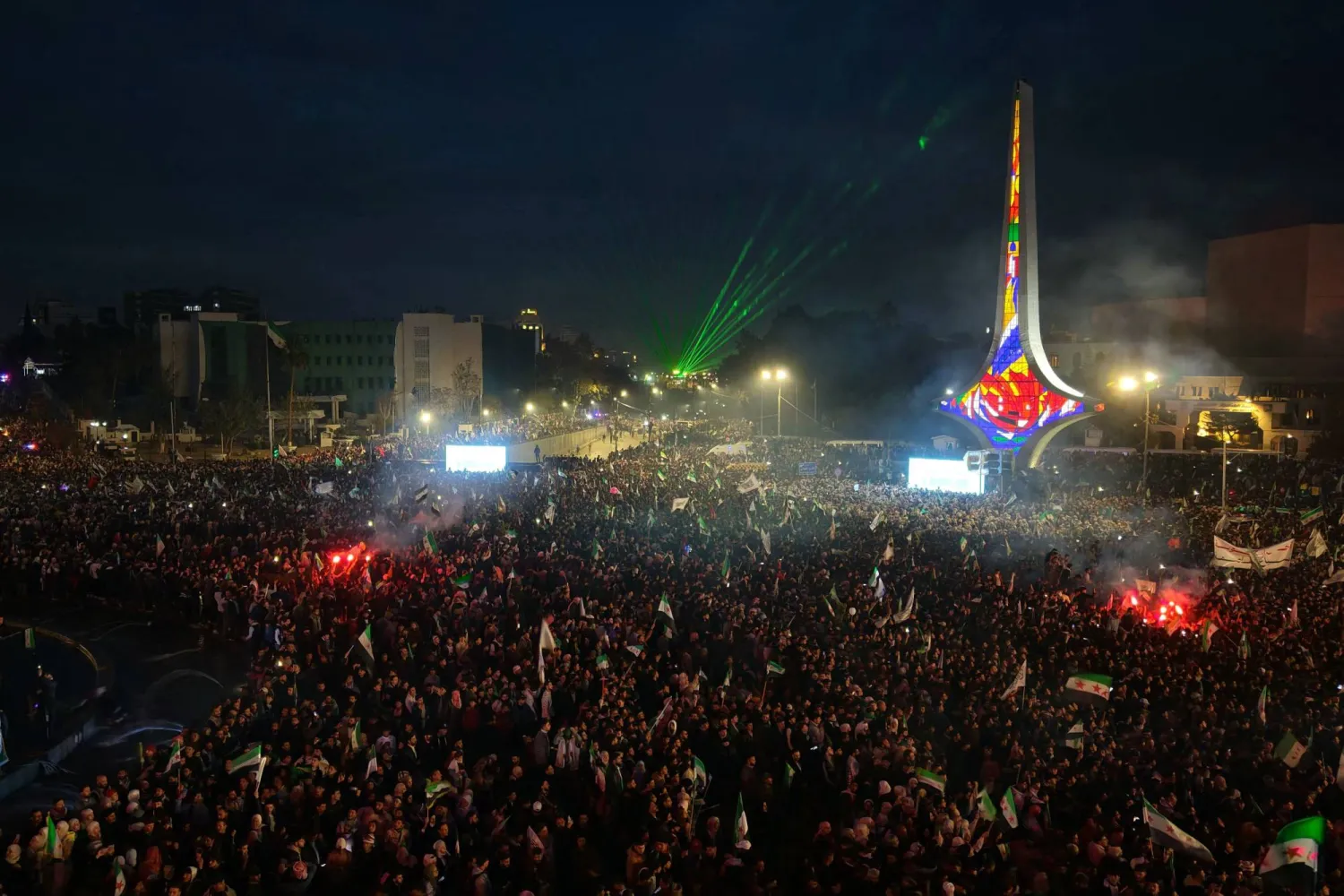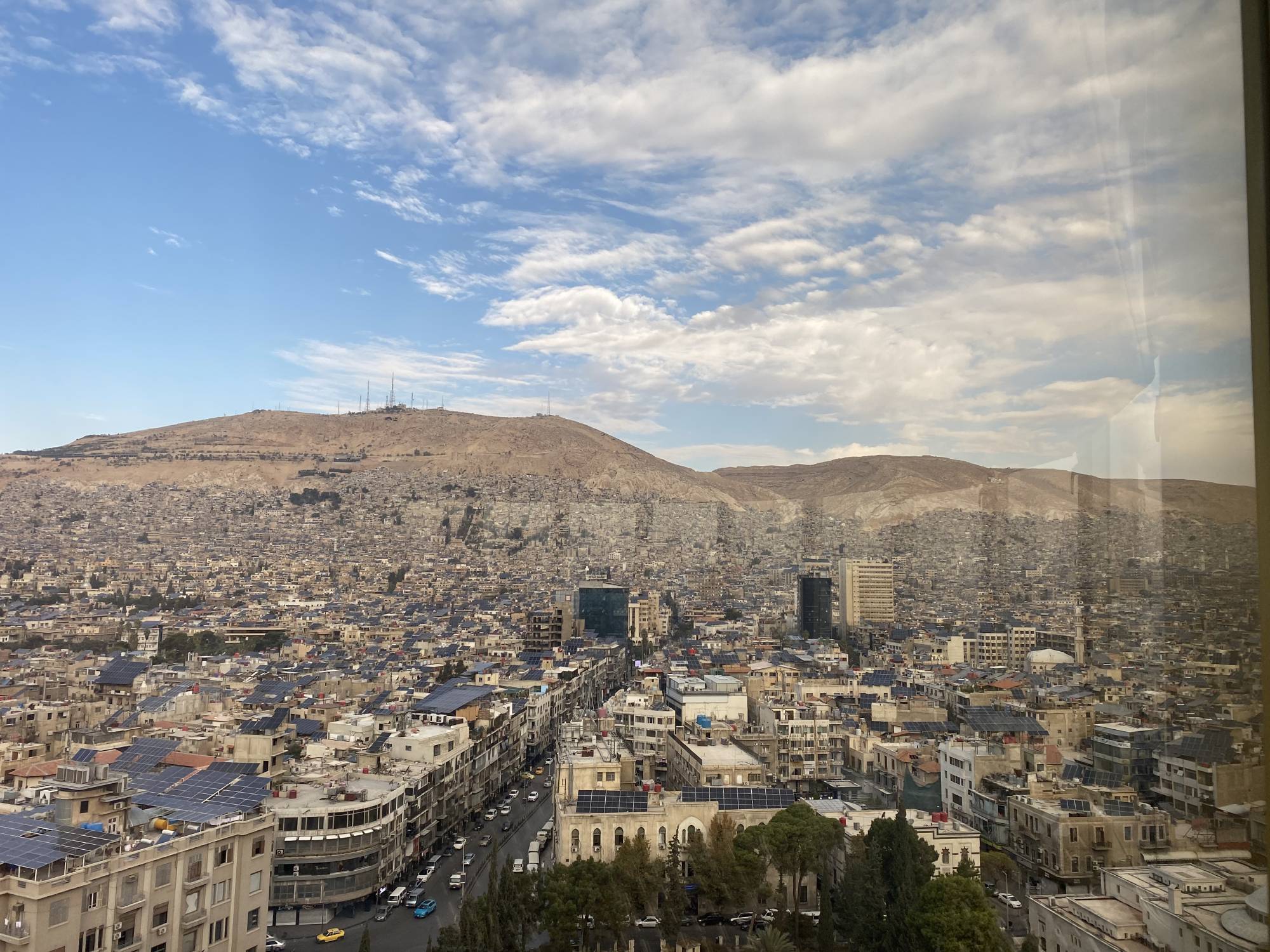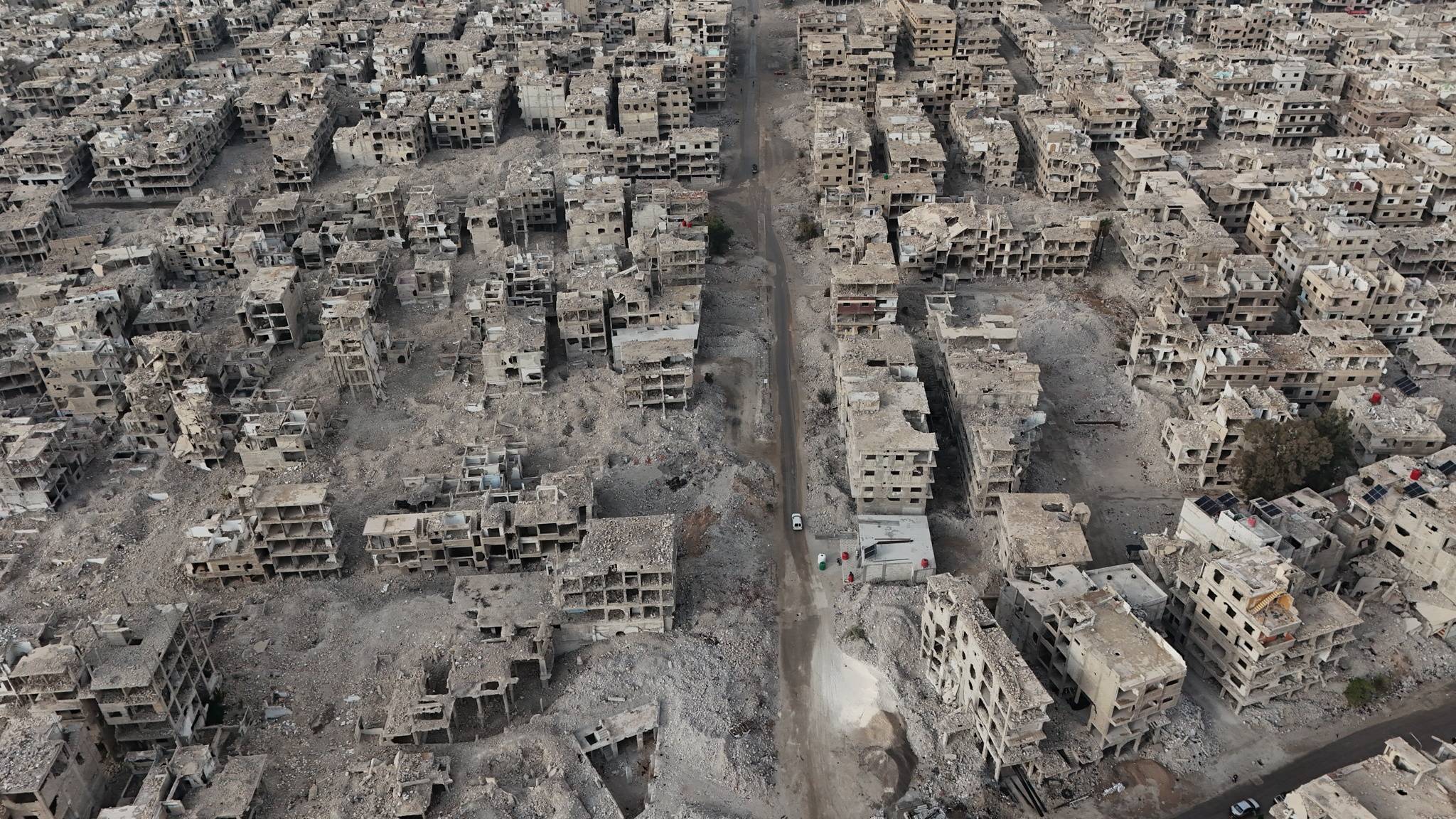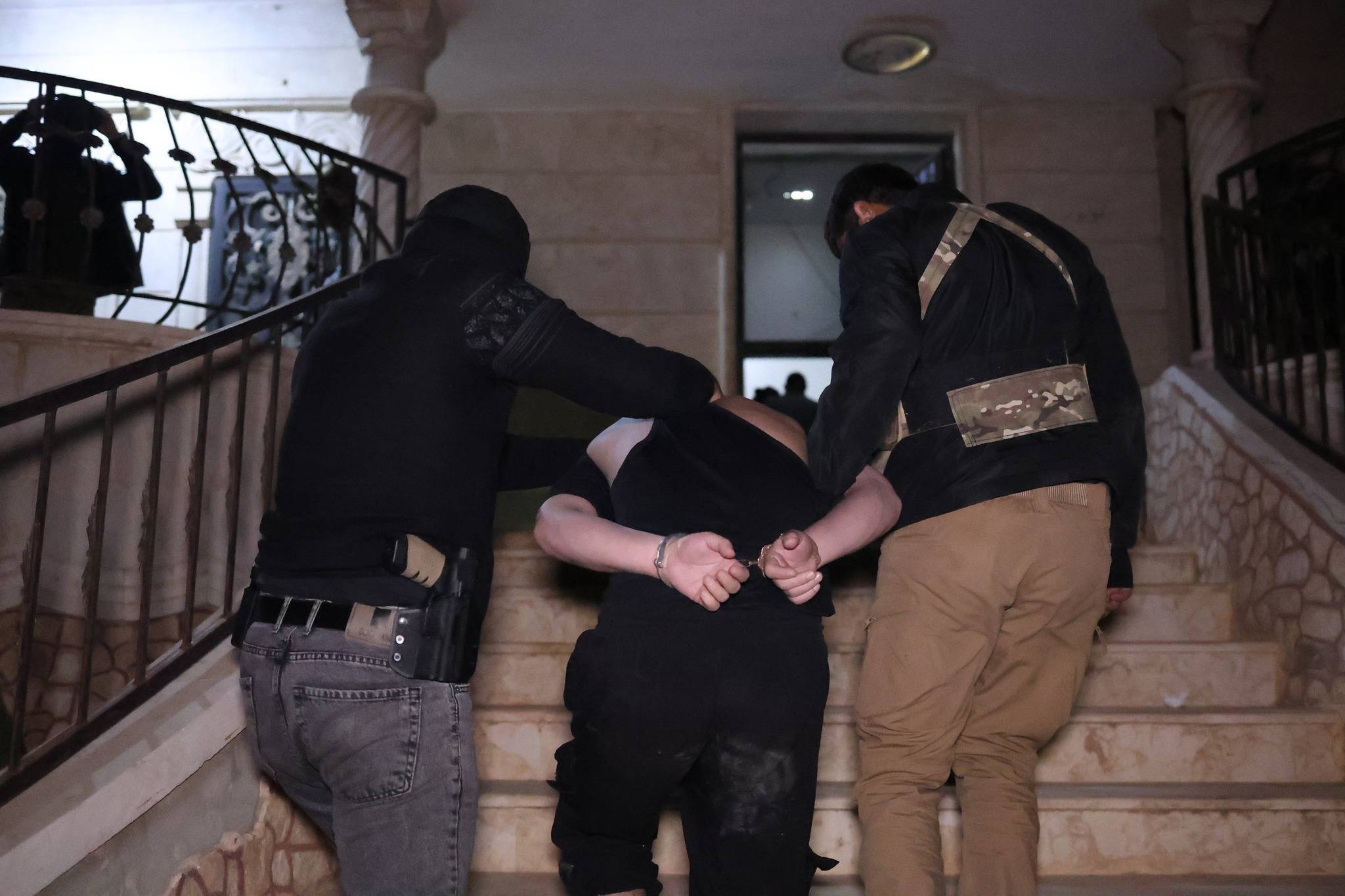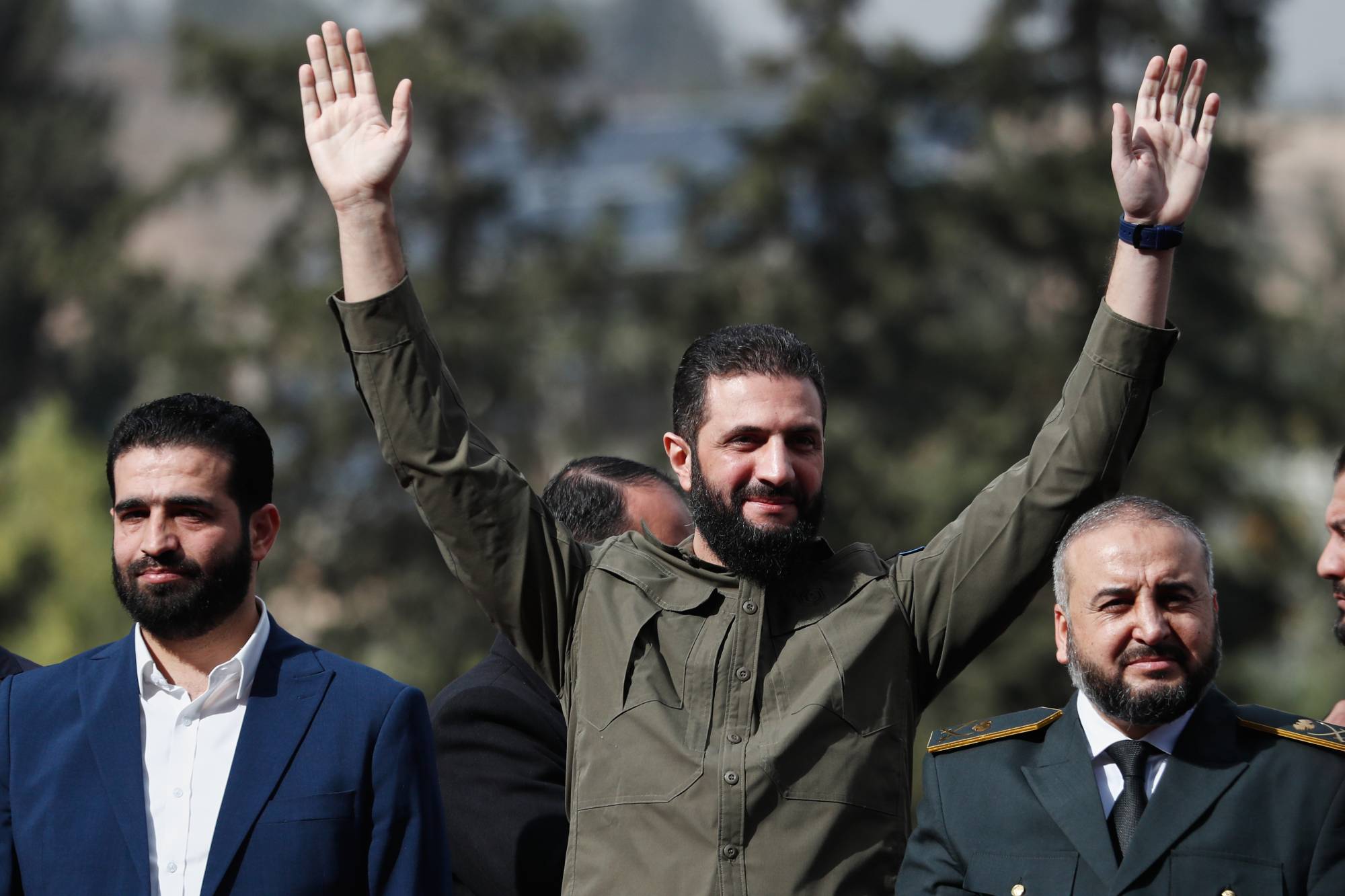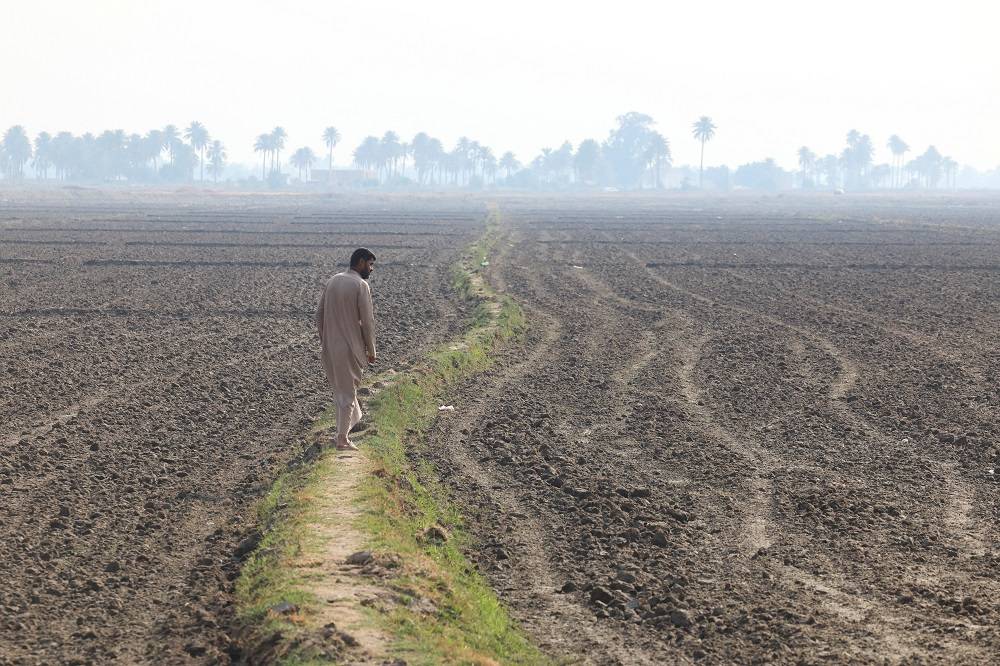The summer of 1982 was turbulent in Beirut and for the Palestinian resistance. Besieged by Israeli forces, the Palestinian resistance in the Lebanese capital realized that it had no other choice than to leave the city.
Palestinian leader Yasser Arafat realized that the time had come and he decided to leave by sea, refusing to take the Beirut-Damascus route. Four decades later, the Palestinians are still fighting for their cause to establish their own independent state. The Lebanese, meanwhile, have failed in forming their own state in spite of their success in liberating their territories from Israeli occupation.
Asharq Al-Awsat concludes on Friday a series of features highlighting the significant developments and recollections of influential players during that heated summer.
Shafik al-Wazzan
Lebanese former Prime Minister Shafik al-Wazzan believed that the Palestinian leadership knew that its time in Beirut was up from the very moment Israel besieged the city. The leadership sought to use the time it had left to make diplomatic and political gains.
The reality was that the Palestine Liberation Organization (PLO) could not carry on the battle forever, recalled Wazzan.
Weeks after the invasion, it became apparent that the Soviet Union was not prepared to take any dramatic move. The United Nations Security Council’s hands were tied. Only the United States could pressure Israel to end the invasion.
Of course, Israel had its own conditions that needed to be met before making any move.
No one could take the decision to completely destroy Beirut and bringing an end to the Palestinian leadership would have dire consequences on the entire Palestinian cause, said Wazzan.
On July 3, Wazzan informed US envoy Philipe Habib that the PLO had agreed to pull out its forces. Habib asked him if the Palestinians had signed a document to confirm their withdrawal. Wazzan said it had not occurred to him to request a signed document. Habib stressed that the Israelis would want written proof of their vow.
Wazzan relayed the envoy’s message to the Palestinians, who “received quite the shock by it.” He explained that the Palestinian leadership was trying to avoid submitting any written vow.
He recalled an ensuing heated meeting that was held between him, former PMs Saeb Salam and Takieddin al-Solh and Arafat at Salam’s residence. Wazzan said Arafat addressed the Lebanese people, especially the residents of Beirut, as if they had abandoned the resistance.
Salam was outraged by his remarks, saying: “You’re saying this after everything Beirut has done for you? You’re saying this after everything Lebanon has offered? Haven’t you seen the destruction in the country? Do want Beirut to be completely destroyed and for its people to be displaced?”
During the meeting, Solh asked the Palestinian leadership: “Are there any weapons you haven’t yet used in this war? If so, then we will stand by you and make sacrifices for you. Have any countries pledged to join the war, fight by your side and secure your victory? If so, then we will stand by you.”
“If you don’t have these weapons and that vow, then have mercy on Beirut, which is being destroyed in spite of everything that it has given and continues to give,” he told Arafat.
In the end, the Palestinians agreed to quit the city. Wazzan said the decision pained him as “we had supported the Palestinian resistance and stood by its side to an extent that we sometimes ignored its mistakes and neglected the Lebanese.”
Saeb Salam
When Israel invaded Lebanon, the Lebanese cabinet decided to place all capabilities at the army’s disposal. There were concerns, however, that it would be crushed by the invading military and the country would be left divided as a result, especially with various rival militias on the ground.
Wazzan wanted to resign when the Israeli army surrounded Beirut, but Salam warned that the country would not be able to tolerate more division and paralysis in the state. He offered Wazzan his complete support and persuaded him against resigning.
Salam’s position was hailed by his rivals, including Secretary General of the Lebanese Communist Party Mohsen Ibrahim and Secretary General of the Communist Action Organization in Lebanon George Hawi.
Salam recalled those days when Israeli Defense Minister Ariel Sharon wanted to destroy Beirut along with the Palestinians and Lebanese people. He said: “My sole concern was for the resistance to be safe and for our country to be safe.”
“Some have said that ‘he forced our withdrawal to save his country’,” he added. “This is not true. They left with their weapons, while raising the victory sign. I saw them off at the port and they went abroad to continue to fight for their cause. Sharon’s attack was destructive. Looking out from my house, I could see flames from all sides.”
“I clashed several times with Abou Ammar [Arafat]. And yet, when the time came for him to leave, he dropped by to bid me farewell and express his gratitude,” added Salam.
George Hawi
Hawi recalled three positions that were prevalent and shared by the Palestinians and Lebanese leadership when the Israeli army invaded Beirut and hammered it with shelling.
The first believed that there was no point in continuing the fight and everything should be done to rescue whatever could be salvaged.
The second was a more romanticized view that spoke of transforming Beirut into a new Stalingrad. Secretary General of the Popular Front for the Liberation of Palestine (PFLP) George Habash shared this view and so did Hawi during the first month of the invasion.
The third was more realistic and realized that the fighting should aim to improve the conditions of a political solution. This position was reinforced when it appeared that the international community had no hope in stopping the Israeli war machine, said Hawi.
He denied that he, along with Mohsen, led to the prolongation of the war because they were awaiting the Soviet position. “In the beginning, Mohsen adopted a hard line just as we did. He later adopted a more realistic approach,” Hawi added. “The truth is Arafat was the most pragmatic of us all.”
When asked who he believed opposed the withdrawal from Beirut, he replied: “No one really. Not the Palestinians or the Lebanese.”
Ahmed Jibril
Secretary General of the PFLP-General Command (PFLP-GC) Ahmed Jibril’s account of events doesn’t align with others. One time when I was in Damascus, I asked him about his version of events of that summer of 1982.
When he sensed that the Palestinians were in agreement over withdrawing from Beirut, Arafat called for a meeting of Lebanese leaders, including Walid Jumblatt, AMAL movement leader Nabih Berri, Ibrahim Koleilat, Mohsen Ibrahim, Abdulrahim Murad and Toufic Sultan.
Arafat revealed that he had received an offer to pull out from Beirut, but said he could not give an answer before first consulting with Palestinian and Lebanese officials. At the meeting, Ibrahim, Koleilat and Murad said: “We gave you the whole of Lebanon, so give us Beirut.” Jumblatt chose not to say anything negative or positive.
Berri appeared to support the withdrawal, while others noted that the Palestinians chose not fight Israel from southern Lebanon, so why were they opting to fight from Beirut? The meeting was very tense and like a stab in the back, said Jibril.
My questions rekindled the hatred between Arafat and Jibril. “Arafat chose to quit Beirut, but he was searching for an excuse to avoid leaving through Syria. (...) Along with George Habash and Nayef Hawatima, we sent a message to then Syrian Foreign Minister Abdul Halim Khaddam. After 24 hours, we received a reply through a cable,” recalled Jibril.
He explained that members of the Baath had met with President Hafez al-Assad and agreed to receive more Palestinians. “I read out the message to Arafat, who replied: ‘I do not work through cables. The Syrian government must release a formal statement about the matter.’”
“We clashed. I told Arafat: ‘It’s been three months, and you haven’t missed an opportunity to criticize Syria, directly or indirectly. Syria is waging a battle with us. It has dispatched 90 jets and thousands of tanks, armored vehicles and soldiers, while you make contact with various Arab countries. Do you want to clash with Syria?’ The meeting became strained and quickly came to an end.”
Jibril again contacted Damascus and hours later Syrian state radio announced its agreement to host the Palestinians. He met with Arafat to relay the message. The Palestinian leader said: “Do you think I will credit our resistance for three months and victory in Beirut to the Syrian leadership?”
A year later, Arafat would return to Tripoli to provoke Syria. “We surrounded him, but he eventually left. Then Syrian chief-of-staff Hikmat al-Shehabi would later tell me, I wish you had finished him off there and relieved everyone of him,” said Jibril.
The hatred went farther than that. Jibril later told me he hoped Arafat would have been assassinated by a Palestinian, the same way Egyptian President Anwar al-Sadat was killed by Egyptian extremist Khalid Islambouli. I asked him if he had ever sent someone to kill Arafat, he replied: “I am certain a Palestinian Khalid Islambouli will eventually rear his head.”
George Habash
Meeting with Habash in Damascus, he told me how the majority of the Palestinian leaders, including himself, supported the withdrawal from Beirut. The decision became the best option after Israel tightened its siege and it became necessary to take into account the suffering of the Lebanese people.
“Of course, I chose to head to Damascus because I knew I could continue the armed struggle there, rebuild the military capabilities and take part in the armed resistance against the Israeli occupation of Lebanon,” he said.
“I was focused on the political compromise Arafat would have to make after leaving Beirut. He told us bluntly that we had no choice but to accept the American initiatives to resolve the Palestinian cause because the fight against Israel according to his [Arafat’s] rules was no longer possible after the loss of the Lebanese arena,” he added.
Salah Khalaf
I once met prominent Palestinian leader Salah Khalaf in Tunisia. He was forlorn and told me that the decision to leave Beirut was dictated by several military, political and humanitarian factors.
The Palestinian resistance was not fighting on its own land, he recalled. It had to take into account the needs of the locals and their fears. Moreover, no one truly believed that the Security Council and Soviet Union could deter Israel. “Given those circumstances, taking a suicidal decision was out of the question. So, we had no choice but to withdraw,” he revealed.
“We were unable to find a substitute to Beirut after we pulled out from it. There can be no substitute to this city that gave so much to the Palestinian revolution. Along with the Lebanese, we wronged the city, inadvertently at times. If only we had been better at understanding the fears of our rivals and circumstances of our allies,” he remarked.
“After Beirut, we had no choice but to look internally. I’m not exaggerating when I say that we criminally wronged Beirut. We wasted this glittering gem. I often wonder how the Lebanese people themselves allowed Beirut to deteriorate to such an extent. They took part in the crime as well, also inadvertently at times. There was an inevitable price to pay for the loss of Beirut,” he said.







